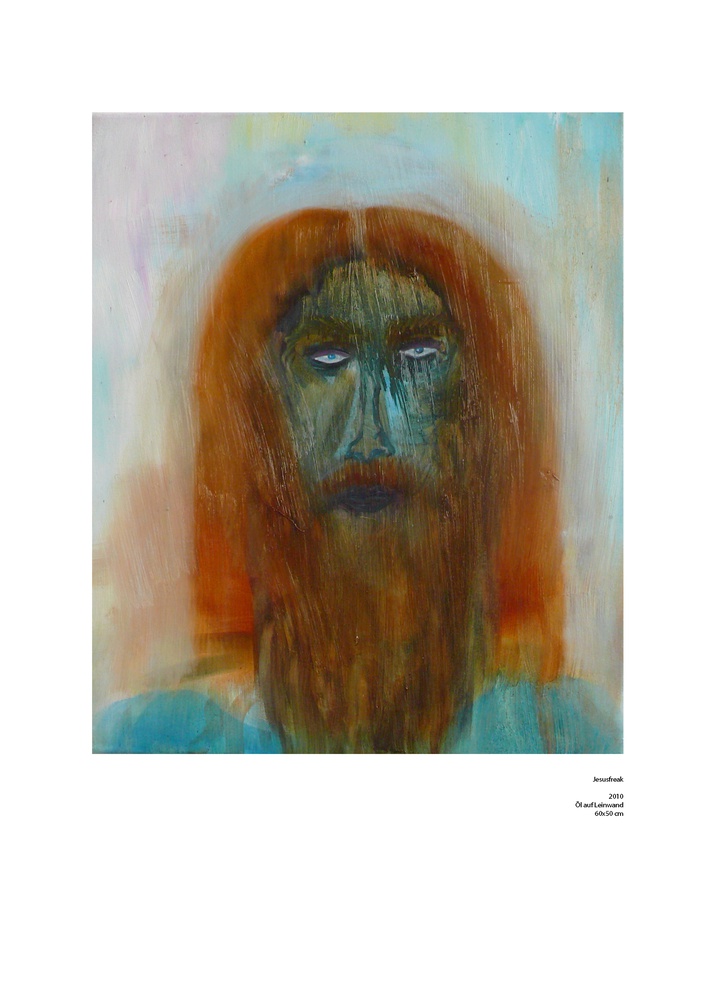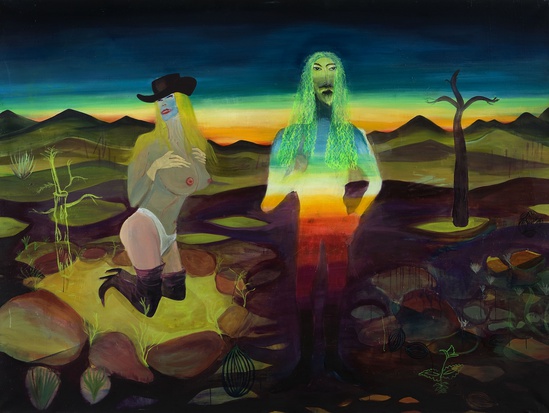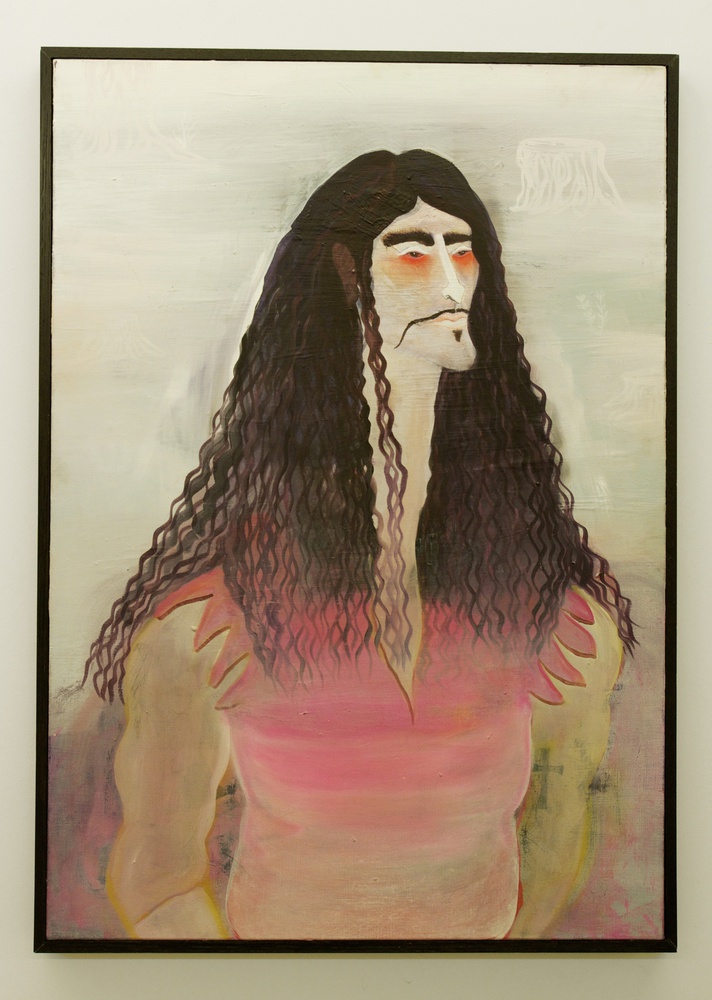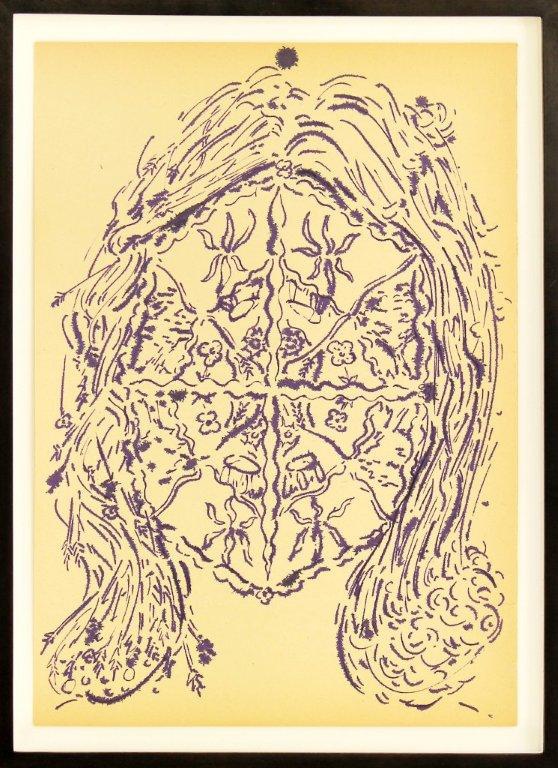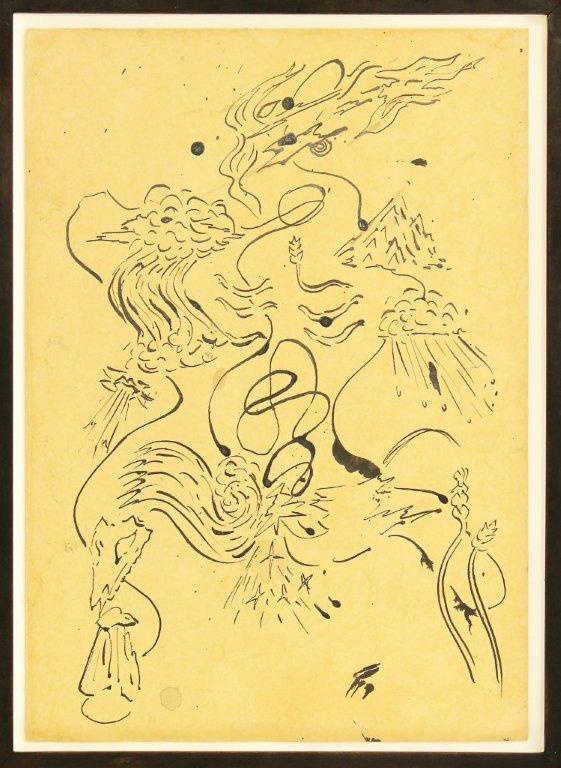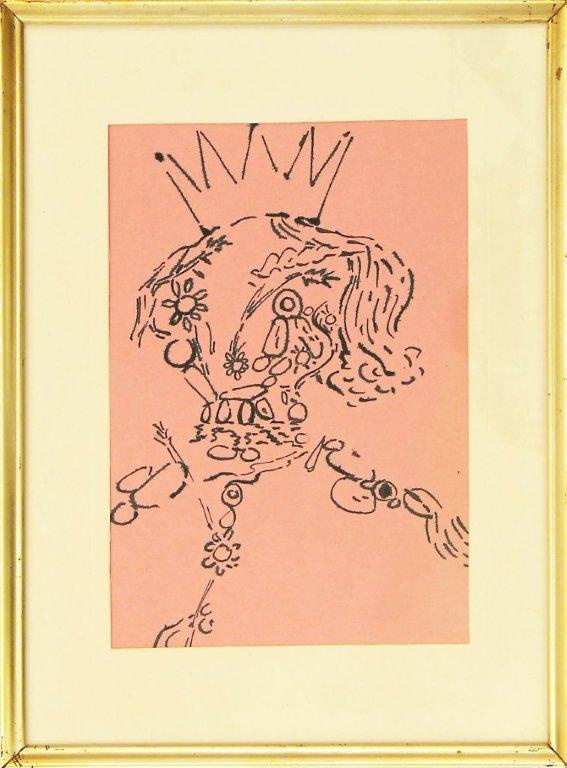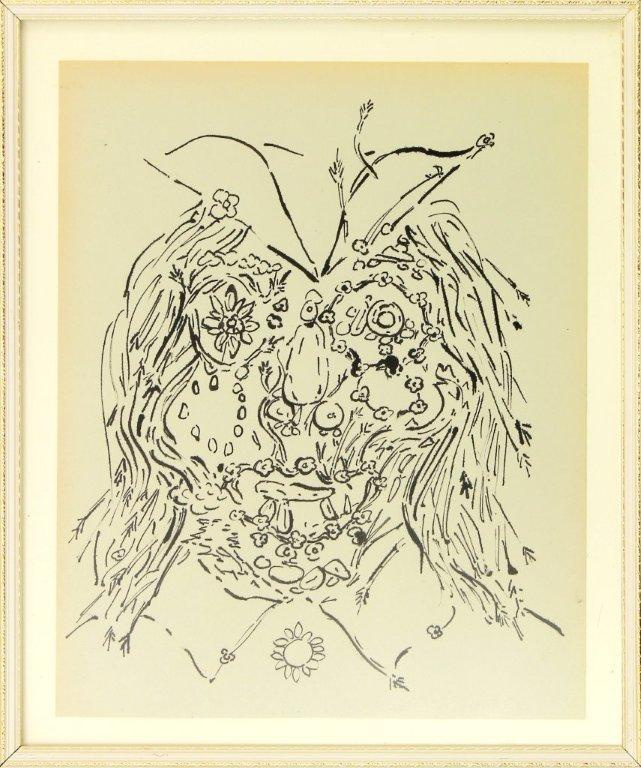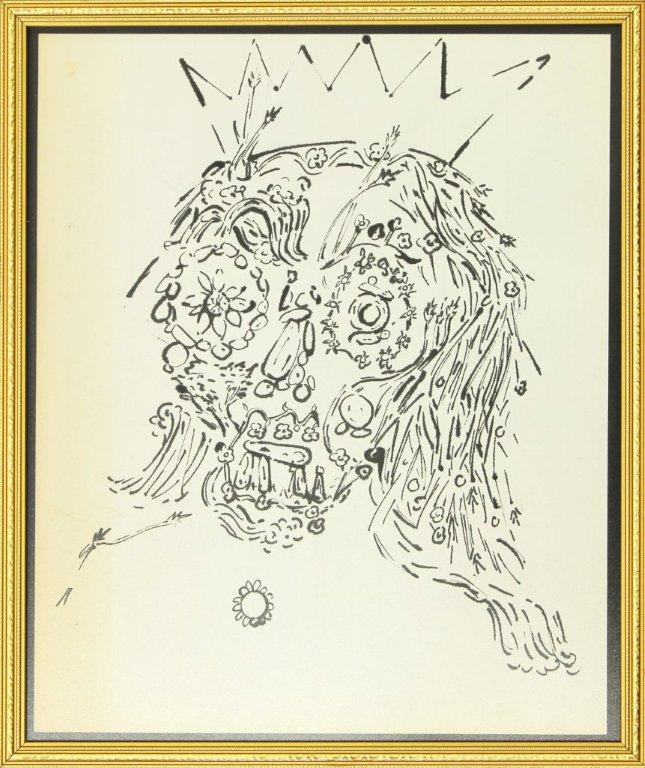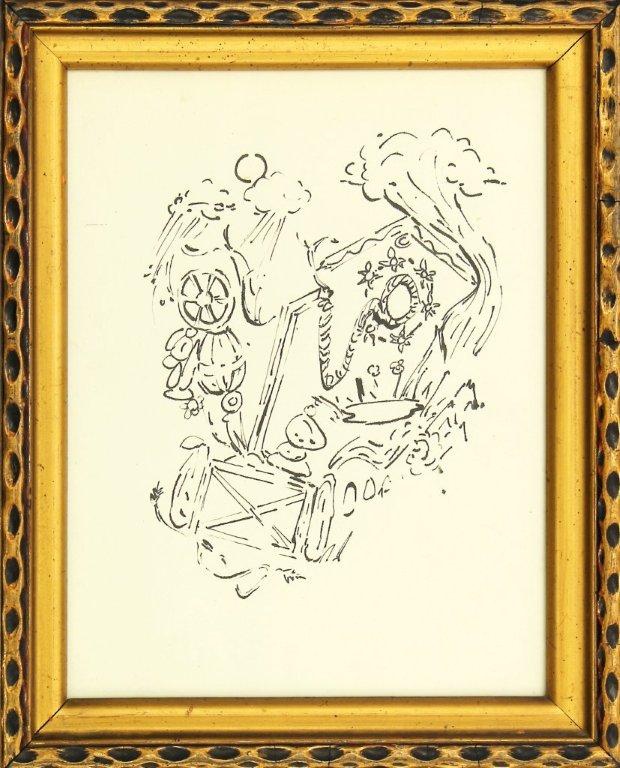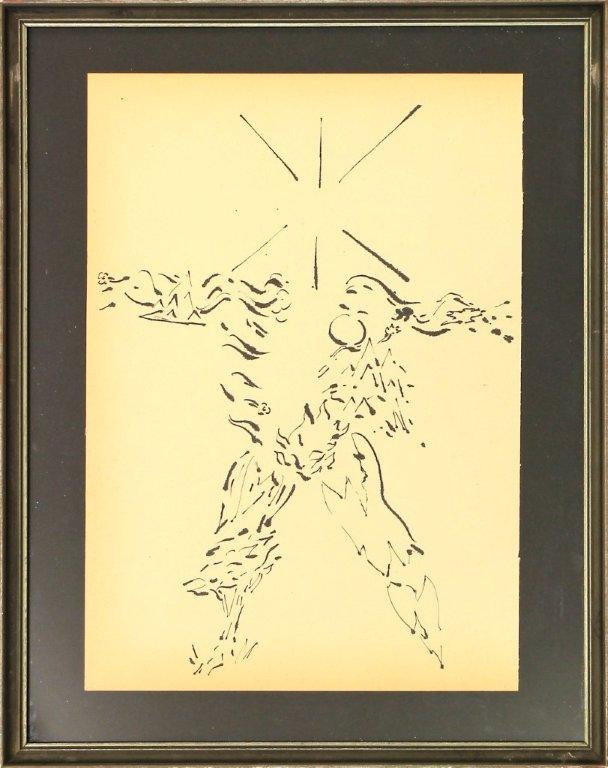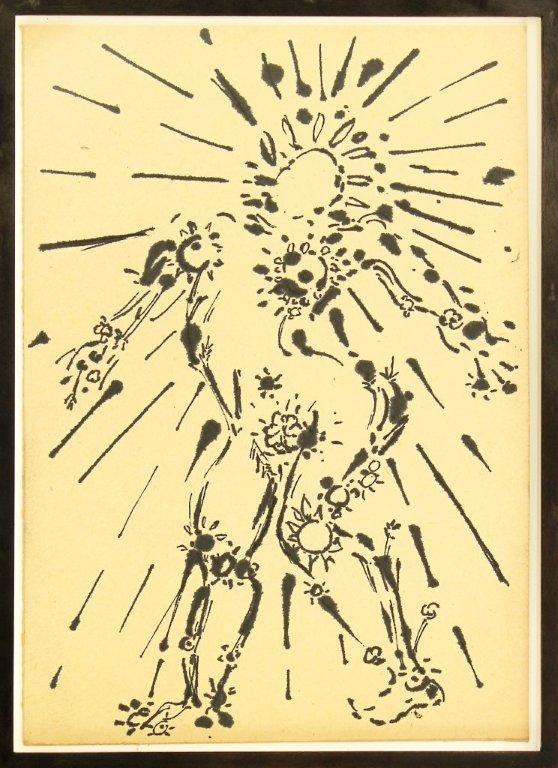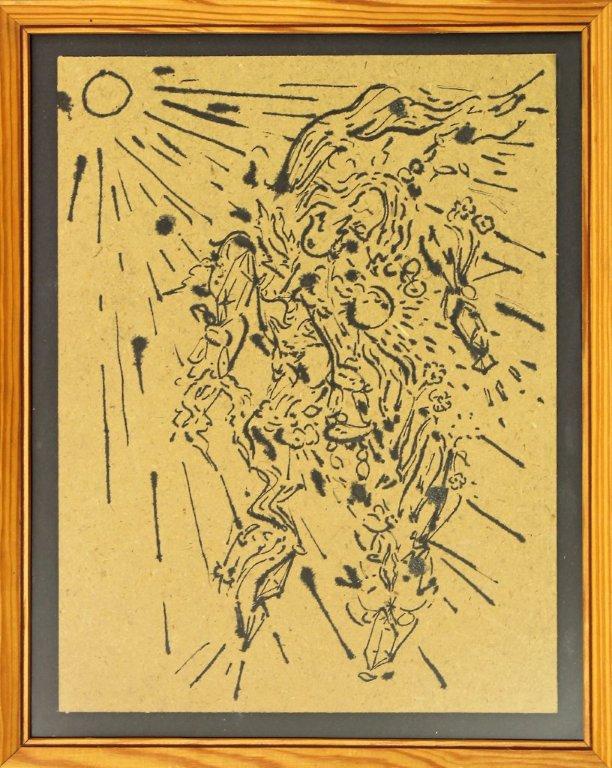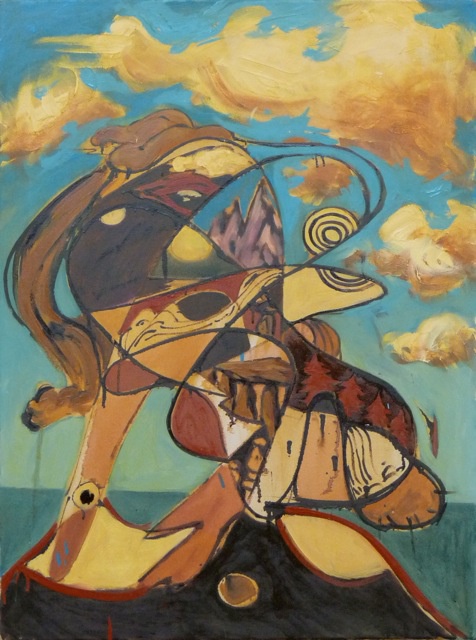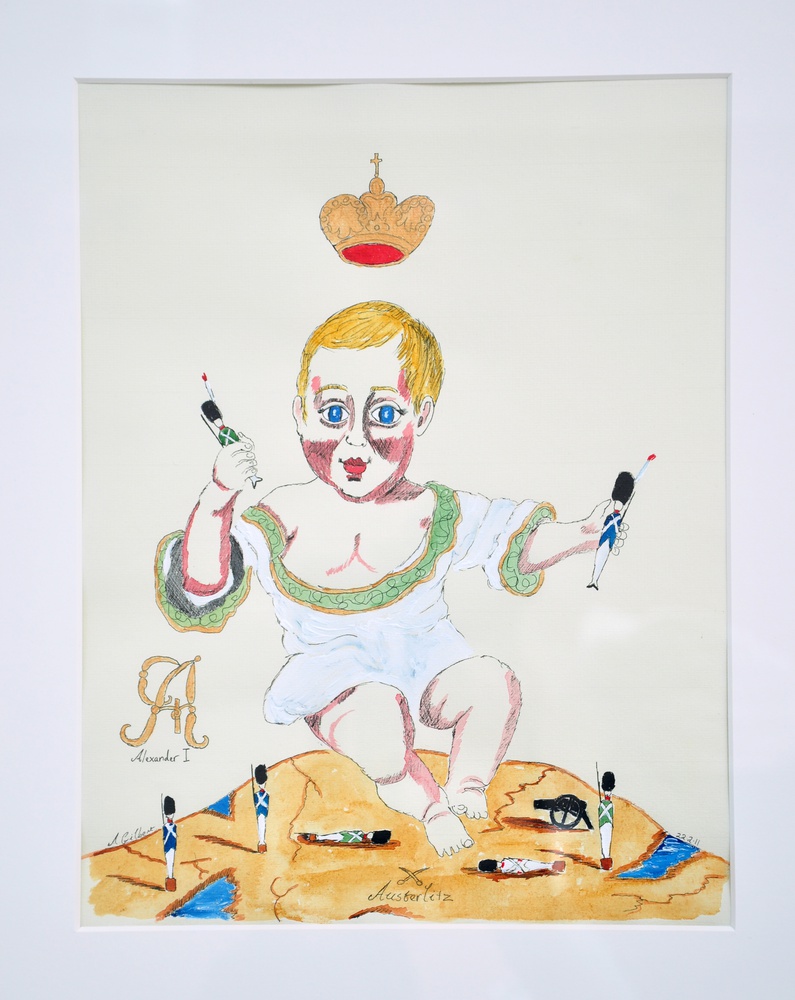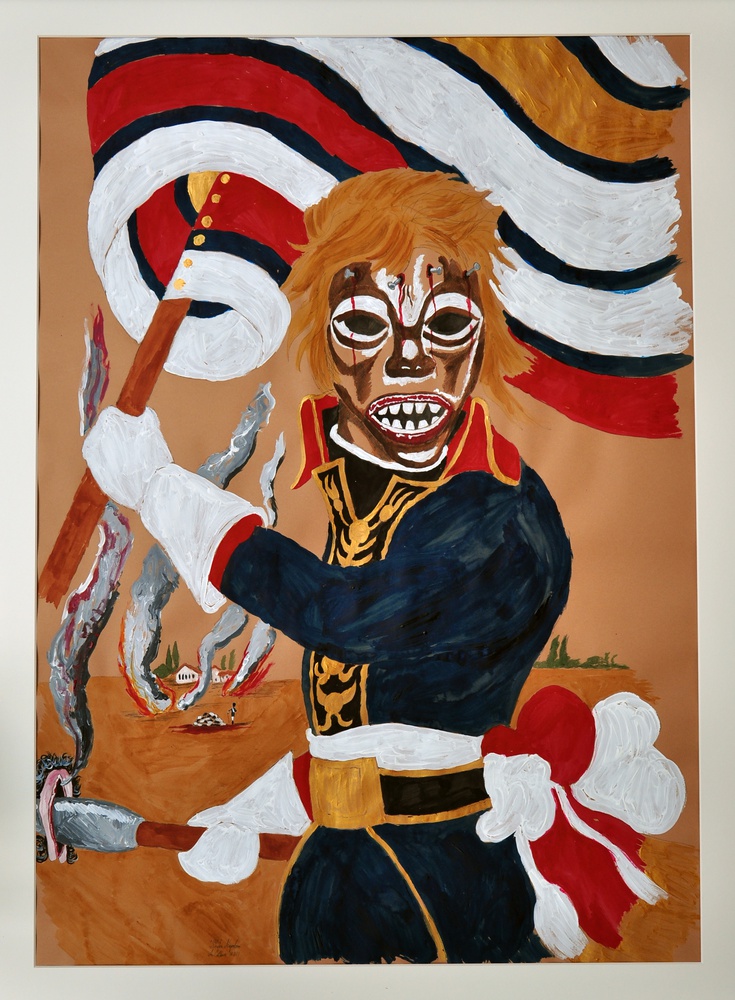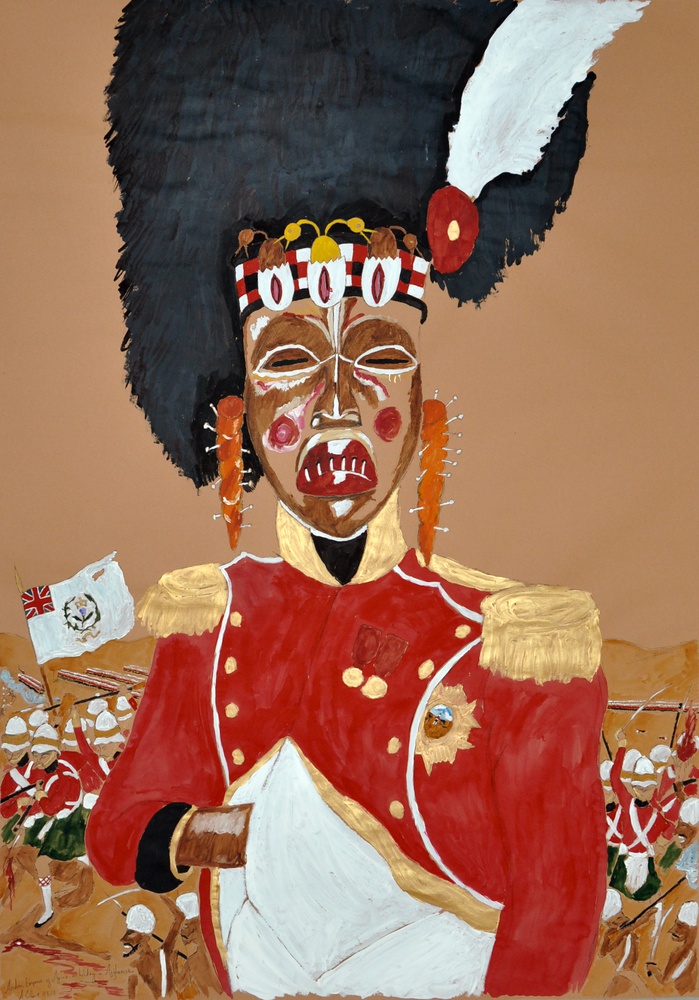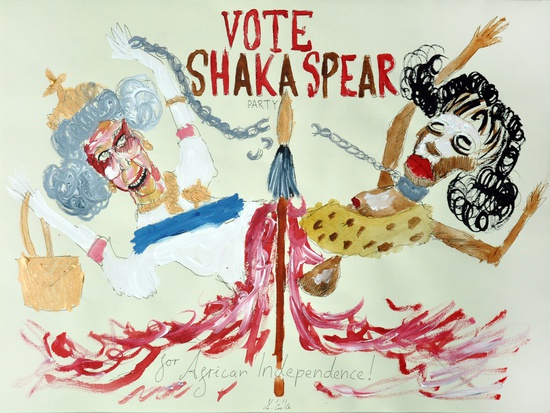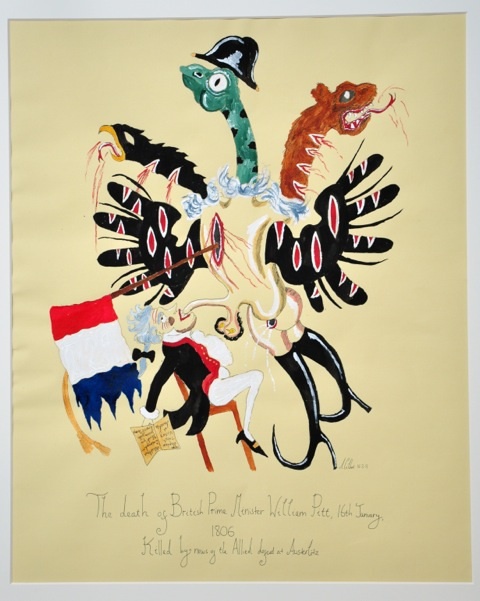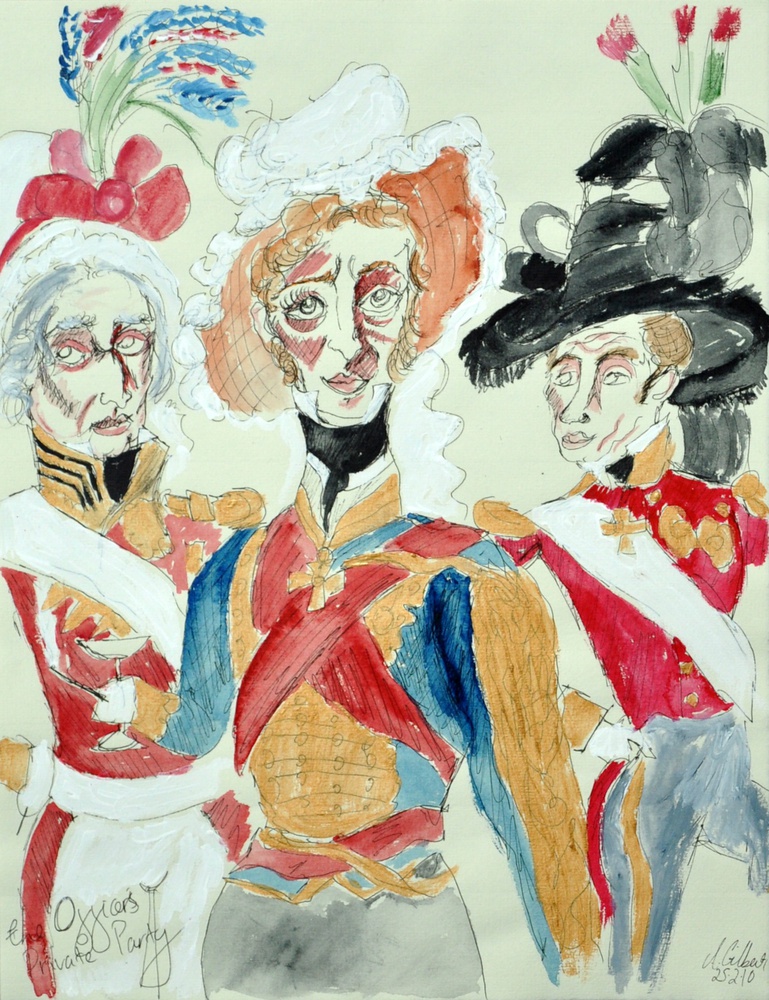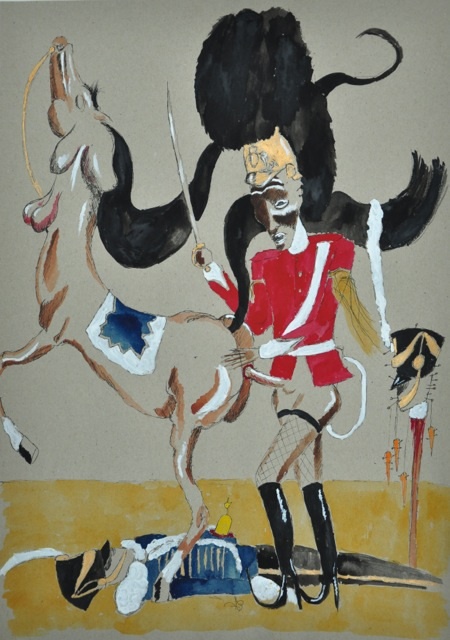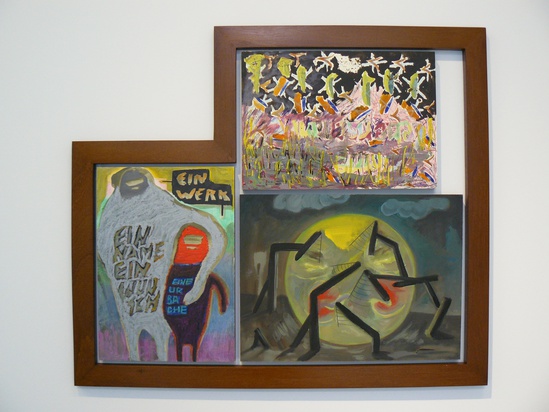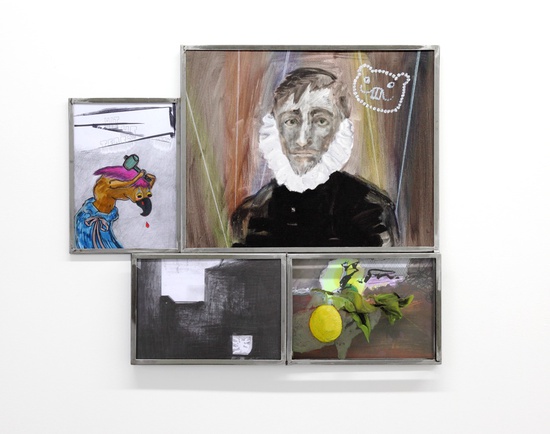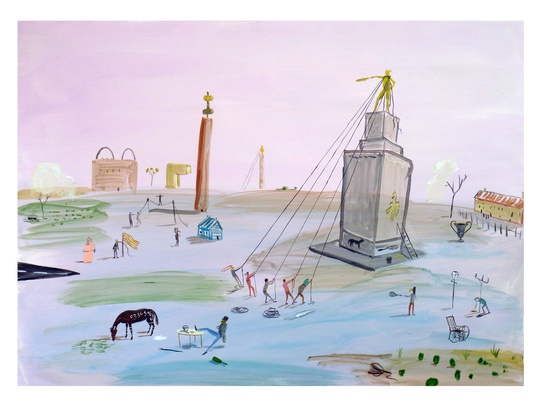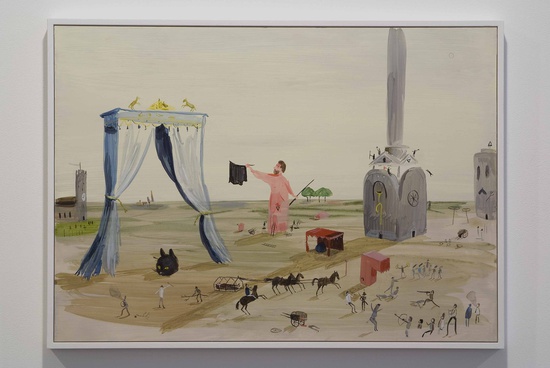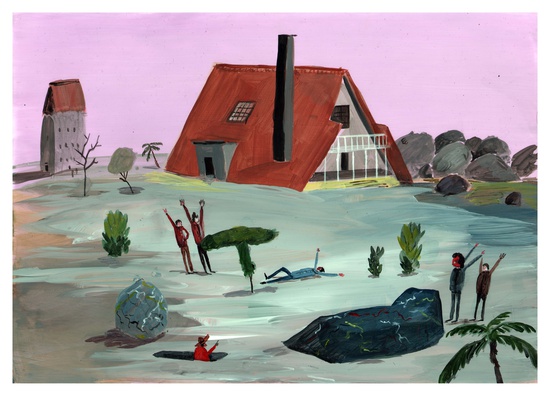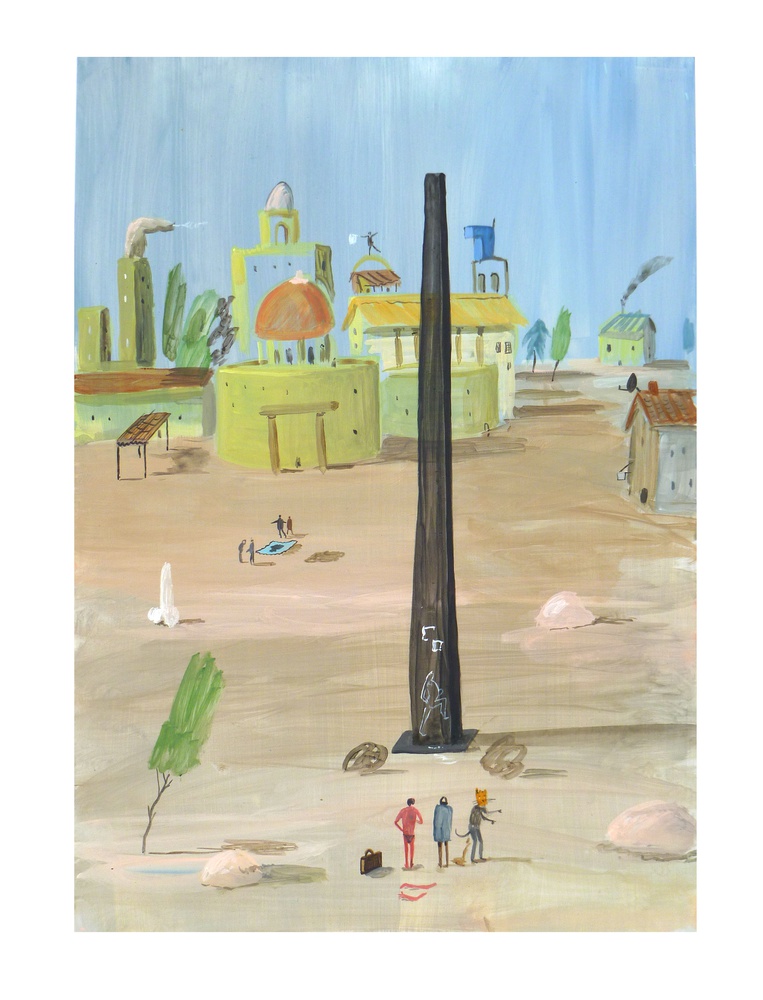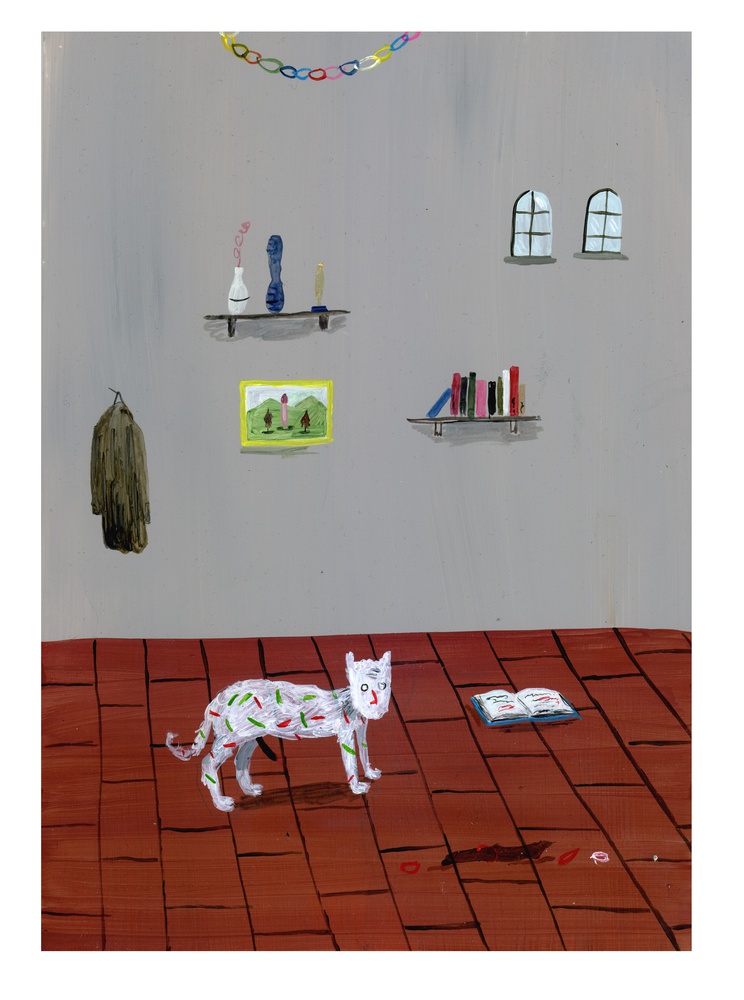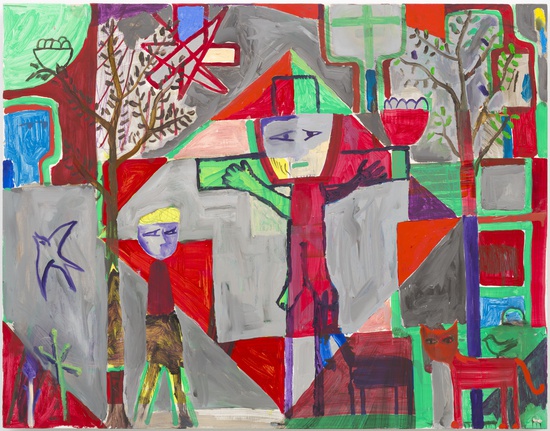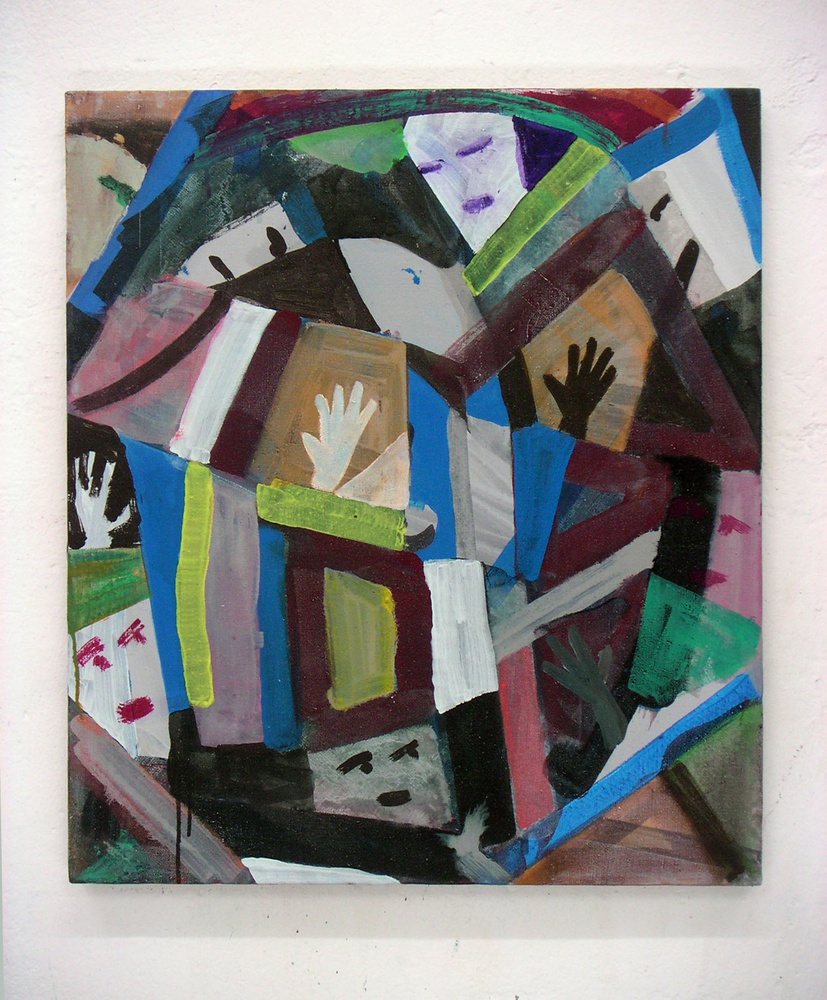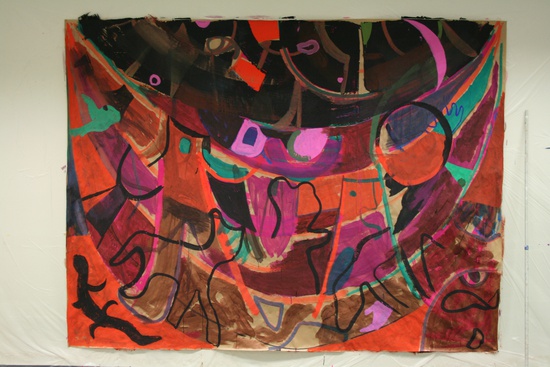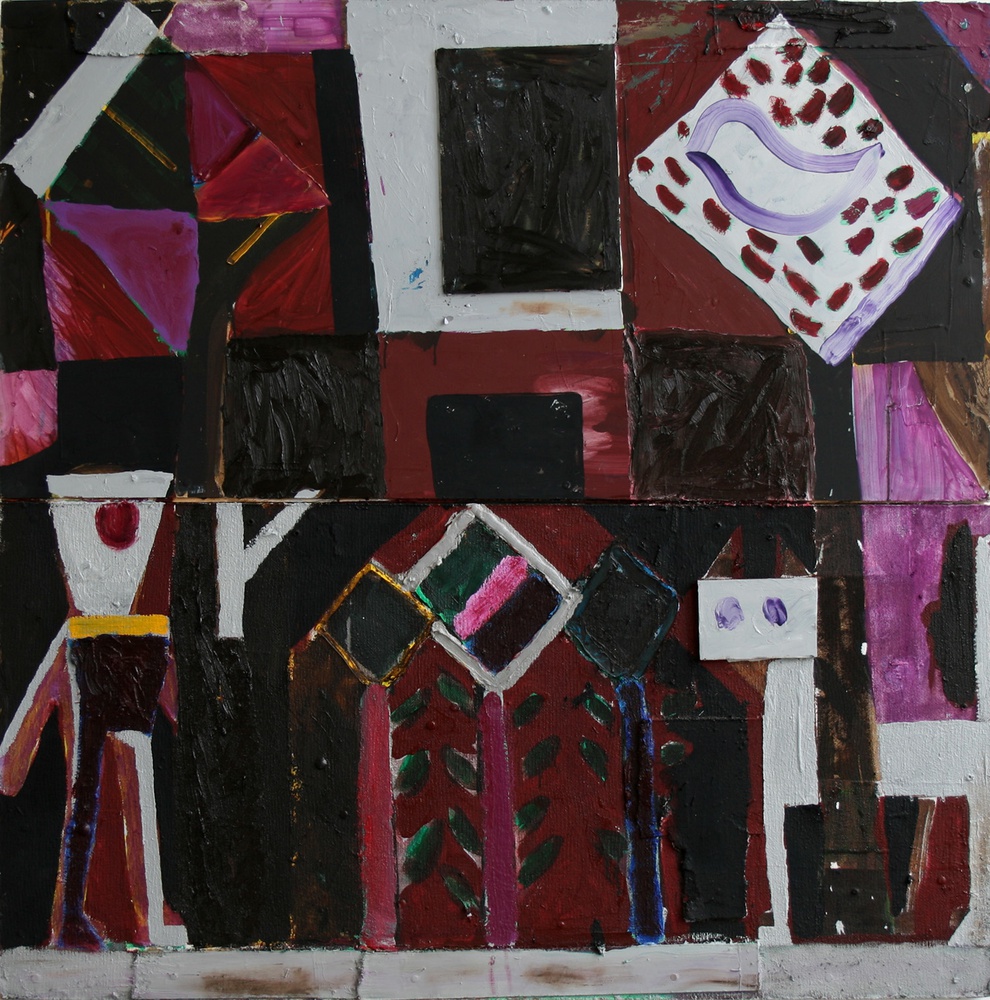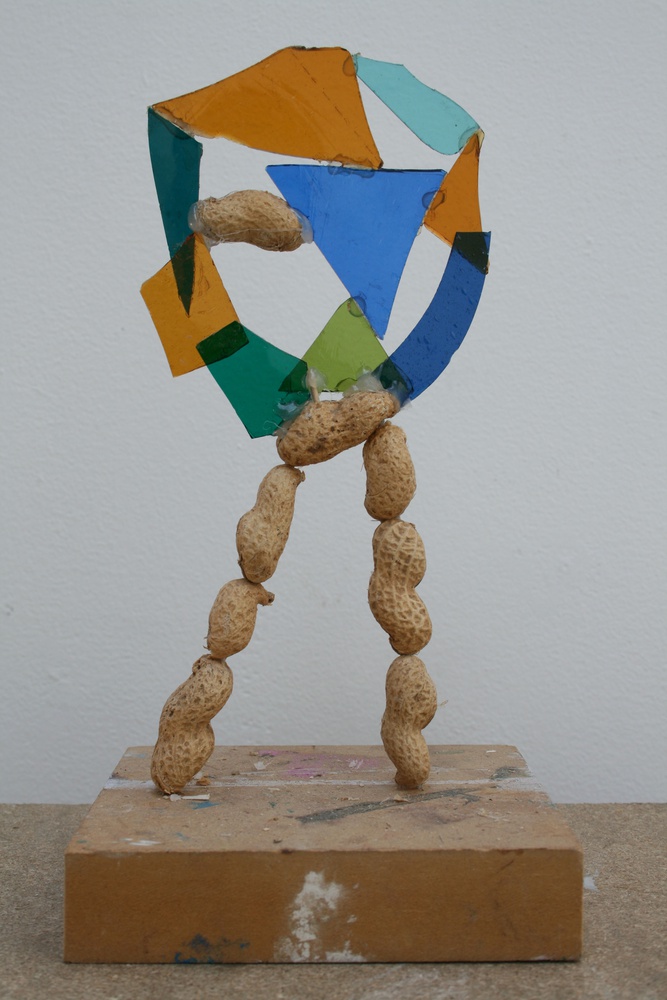- Marie Aly, Island in the Sun, 2011
- Marie Aly, Jesus Freak, 2010
- Marie Aly, Personal Jesus, 2009
- Marie Aly, Witte, 2011
- Ben Cottrell, Drunken Saint, 2011
- Ben Cottrell, Lovely High Priestess, 2011
- Ben Cottrell, Maizy Corpus, 2011
- Ben Cottrell, Master Barleycorn, 2011
- Ben Cottrell, Pirate Blossom, 2011
- Ben Cottrell, Sovereign Loon, 2011
- Ben Cottrell, Untitled, 2011
- Ben Cottrell, Untitled, 2011
- Ben Cottrell, Untitled, 2011
- Ben Cottrell, Untitled , 2011
- Ben Cottrell, Untitled , 2011
- Ben Cottrell, Psychic Vagrant, 2011
- Ben Cottrell, Village Fate II, 2011
- Andrew Gilbert, 'Alexander I (Austerlitz)' , 2011
- Andrew Gilbert, 'Shaka Napoleon', 2011
- Andrew Gilbert, 'The Black Watch Regiment in Afghanistan' , 2010
- Andrew Gilbert, 'The Great Dance' , 2009
- Andrew Gilbert, 'Vote Shaka Spear Party' , 2010
- Andrew Gilbert, The death of British Prime Minister William Pitt, 2011, 2010
- Andrew Gilbert, The officers private party, 2010
- Andrew Gilbert, Zulu Love, 2008
- Paula Mueller, Ein Werk, 2012
- Paula Mueller, LostiLosti, 2012
- Paula Mueller, Testament, 2012
- Paula Mueller, Jose Greco, 2011
- Robert Nicol, Erection, 2011
- Robert Nicol, Fiesta, 2012
- Robert Nicol, Home Coming, 2010
- Robert Nicol, Social Housing, 2012
- Robert Nicol, The Vatican, 2011
- Robert Nicol, Untitled (Bay window), 2011
- Robert Nicol, Untitled (Vase), 2012
- Robert Nicol, Votive, 2011
- Derk Thijs, Green Kernel, 2012
- Derk Thijs, Inversion, 2011
- Derk Thijs, Untitled, 2007
- Derk Thijs, Untitled, 2012
- Derk Thijs, Untitled, 2012
- Derk Thijs, Untitled, 2009
- Derk Thijs, Untitled, 2009
ExhibitionNecessarily True
Tekst: Hans van der Ham en Yasmijn Jarram
The group exhibition Necessarily True is an ode to the power of the imagination. In the current digital age, in which a personal artistic signature is increasingly lacking, the six visual artists participating in this exhibition have once more explored the meaning of being in direct physical contact with their material. This is how they express their inner world of emotions without a predetermined goal or result. These artists intuitively create their work through the material with which they become one, as it were.
This method clears the way for the subconscious. The original, uncensored image ends up on canvas or paper straight from the artist’s mind like a visual primal scream without giving reason a chance to interfere. The works of art bypass reason and focus on expressing the emotion. The end product is less important than the artistic process. This leads to slightly absurd scenes and an extravagant use of colour. In other words: a high level of surrealism.
This is clearly reflected in the colourful paintings and drawings by Robert Nicol (Dundee, Scotland, 1980). Even though they create an innocent, almost childlike impression there is more to them than meets the eye. This double layer is also present in the work of Andrew Gilbert (Edinburgh, Scotland, 1980), which also looks like illustrations. His drawings, which seem humorous at a first glance, contain strikingly large numbers of soldiers, generals and warriors who seem to date back to colonial times.
The explosive paintings of Ben Cottrell (Cornwall, GB, 1972) strongly remind us of the work by abstract expressionists such as Willem de Kooning. His impressive, mask-like portraits evoke an association with primitive art. The same goes for the work by Derk Thijs (Amsterdam, The Netherlands, 1977), but he also adds a religious element. He combines small, primitively drawn human figures with abstract motifs and patterns.
Marie Aly (Berlin, Germany, 1980), too, plays with religious symbols such as crosses and halos in her very large paintings. And she looks for androgyny in her work: male becomes female and vice versa. The colours of her Rousseau-like landscapes are striking. Less colourful but just as powerful are the drawings of Paula Mueller (Trier, Germany, 1977). Seemingly nonchalant she creates peculiar scenes that are sometimes accompanied by a slogan-like phrase which either clarifies the work or causes confusion.
The six artists of Necessarily True take the spectator to unreal, subjective worlds in which nothing is as it seems. They invite the viewers to look beyond what is actually shown, in order to make visible the feelings and instincts that were at the root of these works of art.


